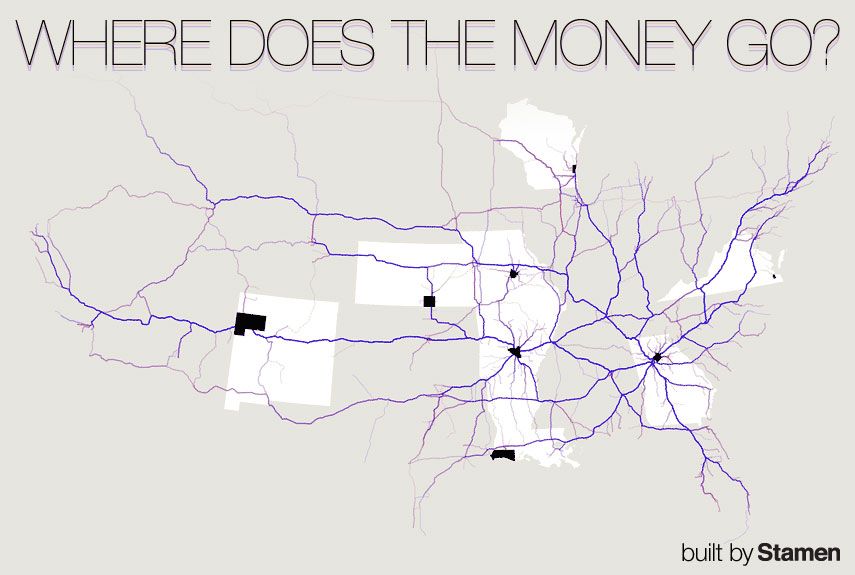
The United States of 2012
Esquire Magazine
02.09.2012



Esquire Magazine
02.09.2012
